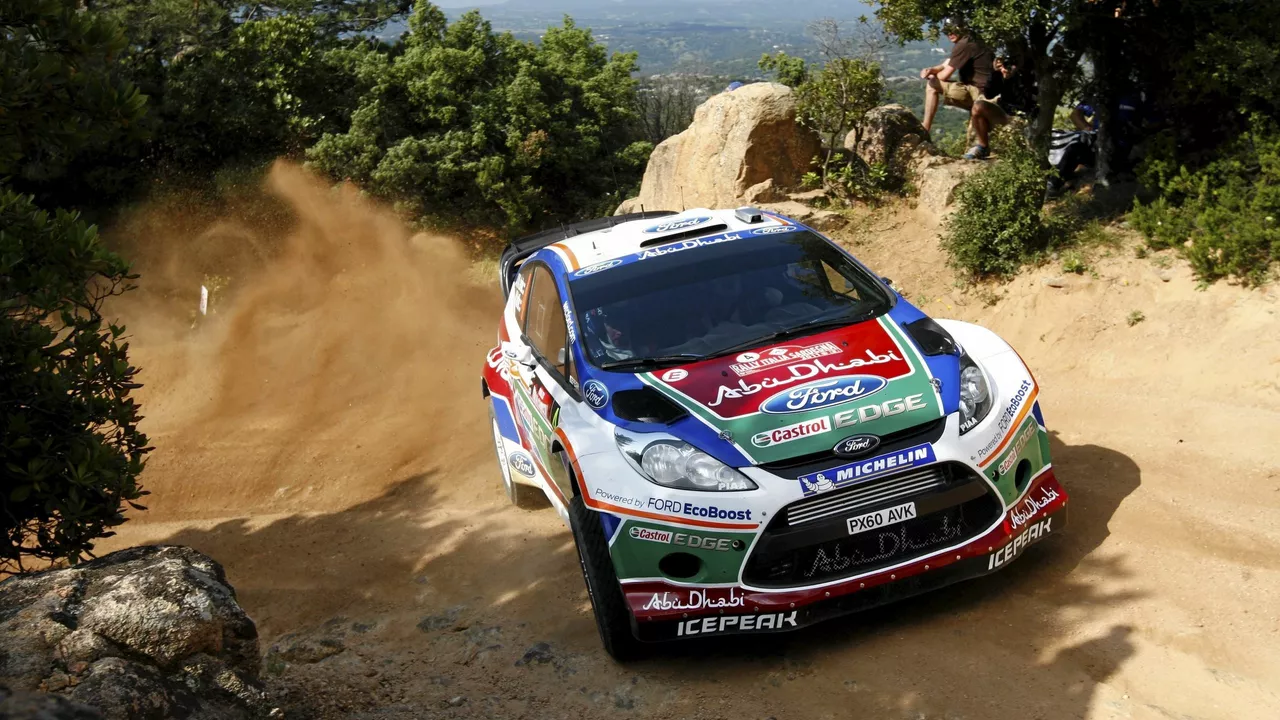FWD Rally Cars: What Front‑Wheel Drive Means for the Race
When you hear "FWD" you probably think of everyday sedans, but front‑wheel‑drive shows up in rally too. It changes how a car tackles gravel, snow, and tight hairpins. If you’re curious about why some teams pick FWD over RWD or AWD, you’re in the right place.
Why Choose Front‑Wheel Drive in Rally?
FWD puts the engine’s power over the front tires, which gives better traction when the road is slippery. On loose surfaces, the front wheels can pull the car forward while the rear wheels simply follow, reducing the chance of a spin. That makes FWD a solid choice for snow‑covered stages or muddy tracks where grip is scarce.
Another perk is weight distribution. With a front‑heavy layout you often get a lighter rear end, which can improve handling on bumpy sections. The lighter rear also means less unsprung mass, so the car responds quicker to bumps and jumps.
Trade‑offs and Driving Techniques
The downside? FWD can understeer when you push the throttle hard out of a corner. Drivers need to modulate the gas and use the handbrake sparingly to keep the car rotating. Many rally pros tap the handbrake on tight turns to shift weight forward and help the front tires bite.
Because the front wheels do all the work, brake balance is crucial. You’ll hear drivers talk about “front‑biased braking” – it helps keep the car stable during hard stops on loose gravel. Learning to feather the brakes and keep the steering steady is the secret to fast FWD laps.
Ultimately, the car’s setup can mitigate many of the disadvantages. Wider front tires, lower spray angles, and a well‑tuned suspension give the front wheels more contact and grip. Pair those with a light differential and you end up with a machine that feels planted even on the toughest stages.
If you’re just starting out, try a low‑power FWD car on a gravel school. Notice how the front pulls you in and how the rear follows. Practice gentle throttle inputs and watch the car’s nose point where you want to go. Once you feel comfortable, add a bit more power and experiment with the handbrake on tighter corners.
In the world of rally, FWD may not dominate the podium, but it offers a unique blend of simplicity, predictability, and terrain‑friendly traction. Whether you’re a teen looking to learn the ropes or a seasoned driver tweaking a setup, understanding how front‑wheel drive behaves can give you a real edge on the stage.
So next time you see a rally car with the badge “FWD,” remember it’s not just a commuter’s choice. It’s a purposeful design that lets drivers attack loose surfaces with confidence, provided they respect the handling quirks and set up the car right.

Is FWD good for a rally?
After digging into the subject, it seems that FWD cars can indeed be suitable for rally racing. Many people appreciate their predictable handling and the fact that the weight is concentrated over the drive wheels, which can improve traction. However, whether or not FWD is the best choice really depends on the specific conditions of the race. While they may struggle in some off-road conditions compared to RWD or 4WD vehicles, FWD cars can certainly hold their own in a rally setting. So, don't write off FWD for rally just yet - with the right skills and conditions, they can be quite effective.